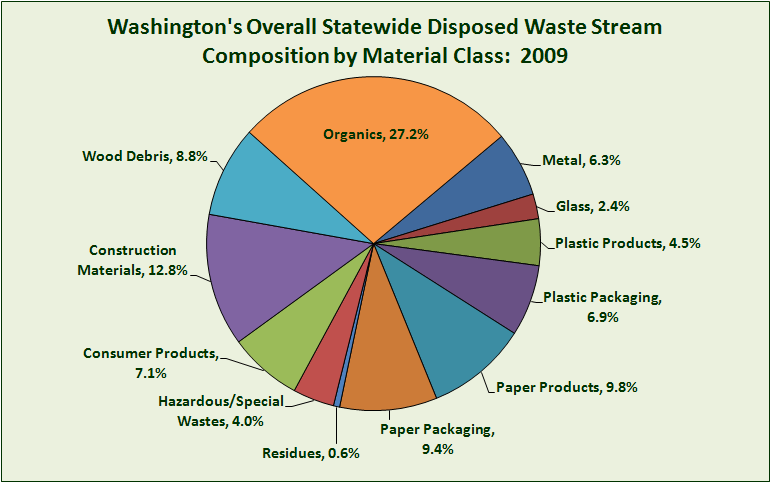This is the fourth in an ongoing series illustrating the relationship of Drawdown strategies to landscape architecture. For context, read the initial post here.
One Drawdown subject that fascinated me when I started reading about it was Perennial Biomass, specifically being able to use landscape waste as fuel for combustion as energy production, or for conversion in biofuels like ethanol or biodiesel. As the #51 ranked solution, it would provide up to 3.33 gigatons of CO2 reduction by 2050, and has a relatively good cost-benefit ratio. While much of this is biomass is used by active cultivation of plants for this express purpose, it does hold promise for a broader landscape architecture focus for climate change mitigation by using a constant landscape waste stream because it focuses on perennial crops, which is primarily what is used in our projects. The Drawdown site further clarifies that distinction:
“From a climate perspective, whether plant material used for bioenergy is annual or perennial (or waste content) makes all the difference. Because energy inputs for annual bioenergy crops, such as corn, are so high, they make little progress on cutting emissions.”
Some specific ornamental grass species are interesting, including switchgrass, fountain grasses, and silver grass of which there are many species used in planting design. The Miscanthus, for instance, is mentioned as a key candidate for biomass, due to the ability to produce massive amounts of material annually, and also, like many species, to perform well on sub-standard sites, with minimal inputs. As mentioned in Drawdown these “…robust herbaceous plants that require less water and nutrients than food crops and can be harvested year after year without sowing.”
(p. 121) An expanded list of plants suitable for perennial biomass could also steer designers towards particular planting schemes once infrastructure is in place to use these that biomass for fuel or energy.

To clarify, this is a different pathway than using plants that are grown specifically for biofuels (like those annuals like corn as already mentioned), or which consist of fast growing woody species like willow, poplar, and alder. This is valuable for production of energy and fuel, but is more of a neutral proposition, and has potential pitfalls if the materials are not sustainably grown, or worse, are converting native forests into fuel. These more traditional Biomass plants are a ‘bridge’ solution until more sustainable strategies can be scaled up. There are 115 of these plants in the US, typically focus on wood burning, and it’s controversial even when using renewable stocks, because these plantations do put pressures on land uses by creating trade-offs between biodiversity, agriculture, and other uses, so must be balanced to ensure that the focus on climate does not come at the cost of other factors.

It’s also distinct from landscape waste that is feedstock for compost, including food scraps, and mixing in things like grass clippings and leaves, or other wood waste of which the industry typically does a good job of re-purposing. Anything that is destined for landfills seems a good place to start. A good stat that I’ve yet to find is the annual amount of waste generated by the landscape industry in the form of potential biomass, and specifically how that breaks down (leaves, grass clippings, woody debris, pruning, etc.). If you look at the relative amount of ‘yard waste’ as a percentage of solid waste, it’s not insignificant. One example to use, is from Washington State Department of Ecology report, showing the breakdown of solid wastes generated. This is not isolated to landscape maintenance specifically, but shows that Wood Debris and Organics are a larger portion of the potential waste streams (in this case 36%), and thus would be worth exploring for climate-friendly options.

In this case I’m interested primarily in the landscape waste-stream itself, and it’d be interesting to see how much potential is available, so will do more digging on finding stats, and how waste is distributed within those particular categories. The idea is to tap into the existing waste stream of landscape operations and maintenance without too much extra effort. From that point, we could further investigate whether there’s adequate amounts of materials, and whether it is cost-effective to separate feedstocks and ship to facilities for energy generation or biofuels production. That may be where the idea breaks down in practice, as it may not have the scale, or may be difficult to isolate material, or the plants may be too costly.
However, that doesn’t necessarily mean there’s not value there, as the appropriate scale could be more purposeful plantings of these types of plants purposely on vacant lands, brownfield sites to reduce erosion and aid in phytoremediation, and by looking at the larger picture of marginal urban lands, then employing mass plantings of grasses or other plantings as ‘holding patterns’ until future development occurs. Additionally, you could use other spaces like road and highway ROWs to do mass plantings, which could have the dual benefit of increasing aesthetics while increasing potential for perennial biomass. Worth investigating, as Drawdown mentions, it’s not a silver bullet, but these ideas are part of the suite of options, adding that “The story of bioenergy is not singular, and perennials, though seldom discussed, are pivotal for its outcome” (121)
HEADER: Ornamental grasses – image from Monrovia

Jason – Thanks generally for all your writings, and more pointedly for this series on climate change. I’m still working through it all but I came across an article today that I found very interesting. It talks about how we (the “believers”) are communicating the critical importance of addressing this on numerous fronts, AND getting the general public to buy into it.
https://grist.org/article/its-time-for-climate-change-communicators-to-listen-to-social-science/
Thanks Mike. Appreciate that, and thanks for sending the article. I had seen this, but hadn’t read yet – so will put it on the front burner to post-about after my Drawdown series – as it seems relevant. Any other good links and comments – send them along!